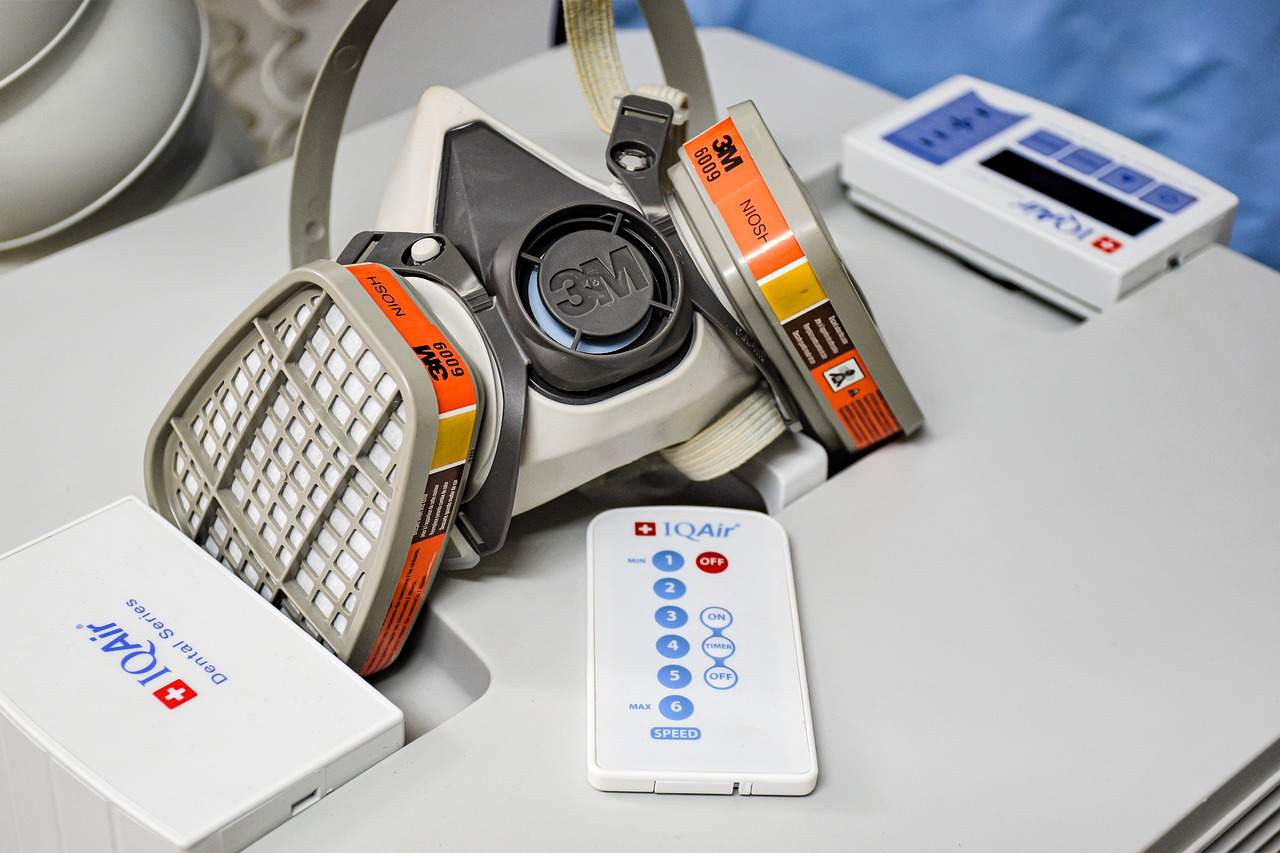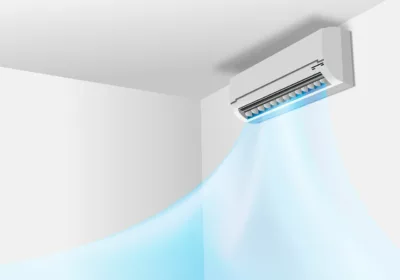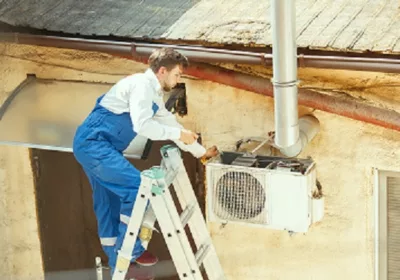
Clearing the Air: Understanding Solvent Scrubbers and Air Purification Filters
Clean air is not just a luxury; it’s a necessity for a healthy and sustainable environment. Whether in industrial settings or our everyday lives, the need for effective air purification has never been more critical. In this blog, we’ll explore two essential components of air quality management: solvent scrubbers and air purification filters. Let’s dive into the technology behind these systems, their applications, and their role in safeguarding our air quality.
Understanding Solvent Scrubbers:
What Are Solvent Scrubbers?
Solvent scrubbers, also known as fume scrubbers or gas scrubbers, are vital devices used to remove harmful gases, particulates, and contaminants from industrial exhaust streams. They play a significant role in maintaining a safe and environmentally responsible workplace by controlling emissions that can be detrimental to human health and the ecosystem.
How Do Solvent Scrubbers Work?
Solvent scrubber operates based on the principle of absorption or adsorption. Here’s a simplified breakdown of their operation:
- Gas Inlet: Polluted air containing contaminants enters the scrubber.
- Contact with Scrubbing Liquid: The polluted air comes into contact with a scrubbing liquid (usually water or a chemical solution) in the scrubber. The contaminants dissolve or react with the liquid.
- Clean Air Outlet: Cleaned air exits the scrubber, now free from the majority of harmful pollutants.
Applications of Solvent Scrubbers:
Solvent scrubbers find applications in various industries, including chemical manufacturing, pharmaceuticals, metal processing, and semiconductor manufacturing. They are particularly effective at removing volatile organic compounds (VOCs), acidic gases, and hazardous airborne chemicals.
Understanding Air Purification Filters:
What Are Air Purification Filters?
Air purification filters are devices designed to remove particulate matter, allergens, and other contaminants from the air we breathe. These filters are commonly used in residential, commercial, and industrial settings to improve indoor air quality and promote health and well-being.
Types of Air Purification Filters:
- HEPA (High-Efficiency Particulate Air) Filters: These filters are exceptionally efficient at trapping tiny particles, including dust, pollen, pet dander, and even some bacteria and viruses.
- Activated Carbon Filters: These filters excel at adsorbing gases and odors. They are effective at removing VOCs, smoke, and cooking odors.
- UV-C Filters: Ultraviolet (UV) light can kill or inactivate microorganisms like bacteria and viruses. UV-C filters use this technology to sanitize the air.
Applications of Air Purification Filters:
Air purification filters have a wide range of applications, including:
- Residential Use: Air purifiers with HEPA and activated carbon filters are commonly used in homes to improve indoor air quality and reduce allergy symptoms.
- Commercial Use: Offices, schools, and healthcare facilities use air purification systems to create a healthier environment for occupants.
- Industrial Use: In industrial settings, air purification filters can help control emissions, protect workers, and maintain product quality in cleanrooms and manufacturing facilities.
Conclusion:
Solvent scrubbers and air purification filters are indispensable tools in our quest for cleaner and safer air. Whether in the workplace, at home, or within industrial facilities, these technologies help mitigate health risks, reduce environmental impact, and contribute to a sustainable future. As technology continues to advance, we can expect even more efficient and innovative solutions to ensure the air we breathe remains fresh and pure.















